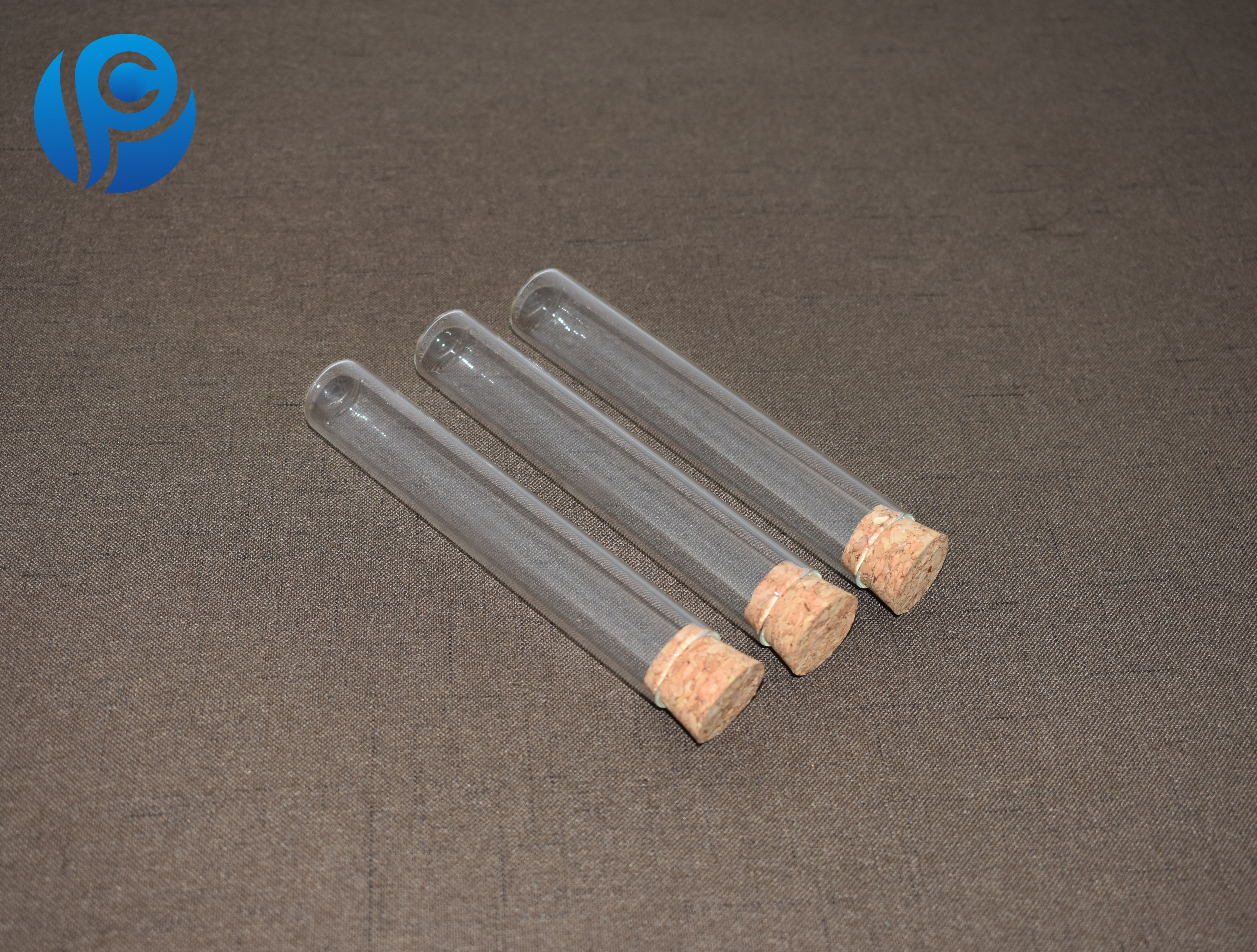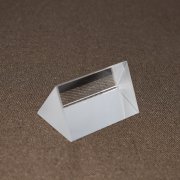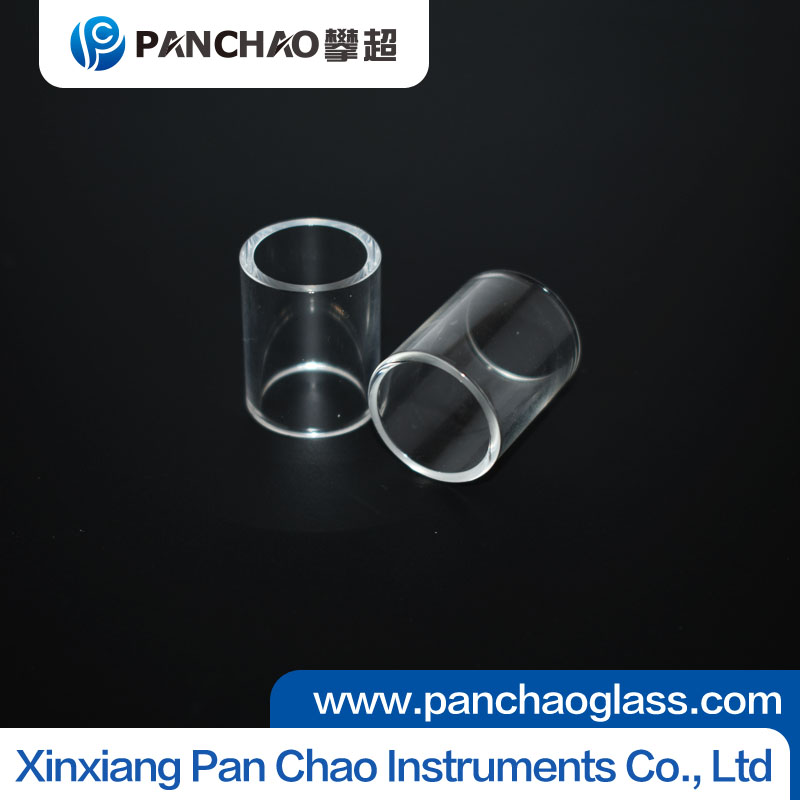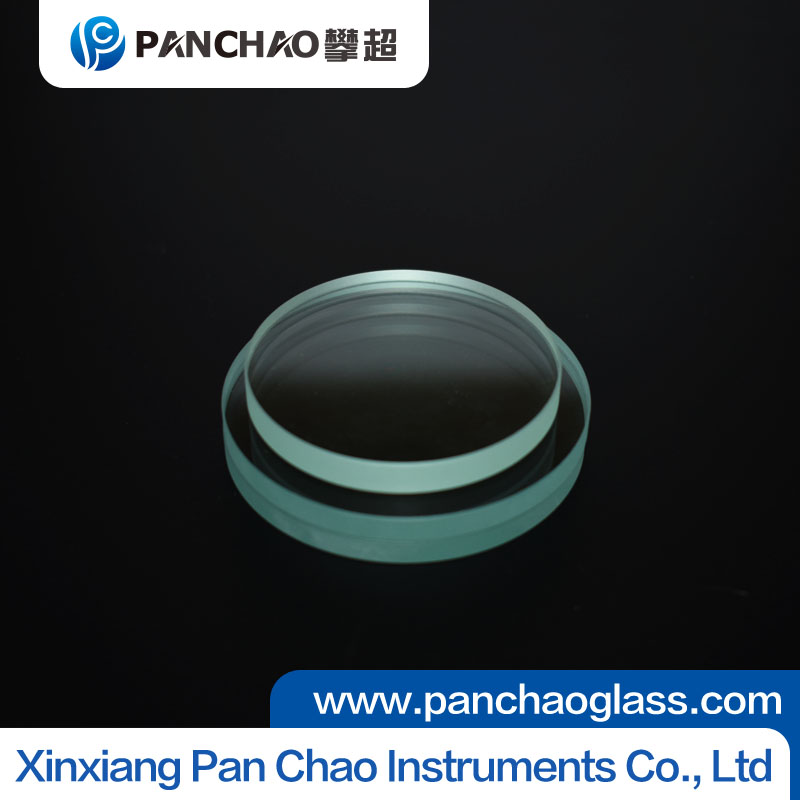
colored borosilicate glass tube
PCHAO brand industrial sight glass give you professional custom!
Website:www.panchaoglass.com
Address:Room 1624, Jing Ye Gong Yuan Guo Ji, Jin Sui road and New Second Street intersection, Xin Xiang city, Henan Province, China
Phone: +8613569413718
colored borosilicate glass tube
The product is made by heating the glass inside to melt it and using advanced production technology.
Borosilicate glass tube is a high-performance glass tube for scientific research and experiment, designed to meet a variety of scientific research and industrial needs. Its main components are silicon dioxide and boron oxide, with excellent heat resistance, chemical corrosion resistance and optical transparency.
Raw materials
Includes main raw materials and auxiliary raw materials. The former refers to raw materials such as oxides, intermediate oxides and oxides outside the network that are introduced into the glass to form a network structure; the latter can accelerate the melting of the glass or make it acquire certain necessary properties.
Main raw materials
According to the properties of the introduced oxides, they are divided into acidic oxide raw materials, alkali metal oxide raw materials and alkaline earth metal oxide raw materials.
①Acidic oxide raw materials: raw materials such as SiO2, B2O3, Al2O3, etc. SiO2 is the skeleton of the glass structure in silicate glass. It gives glass high strength, good chemical stability, heat resistance and low expansion, but it will increase the melting temperature of the glass and increase the viscosity. The raw materials used for SiO2 are silica sand or sandstone, quartzite. Adding B2O3 to glass can reduce the thermal expansion of glass, improve the refractive index, thermal shock resistance and chemical corrosion resistance, reduce the viscosity of glass at high temperature, and increase the viscosity of glass at low temperature. The raw materials used for B2O3 are borax or boric acid. Adding Al2O3 to glass can reduce the tendency of glass crystallization and enhance chemical stability, improve strength and increase glass viscosity. Its raw materials are usually feldspar with K2O or Na2O and SiO2, and industrial alumina can also be used. Cangzhou Tianchang Craft Glass Products Factory specializes in the production of various types of high borosilicate glass tubes
② Alkali metal oxide raw materials: raw materials with Na2O and K2O. Adding Na2O and K2O components to glass can reduce the melting temperature and viscosity, but it will make the chemical stability of glass worse. Its raw materials are soda ash (Na2CO3) and potash (K2CO3).
③ Alkaline earth metal oxide raw materials: raw materials with CaO, MgO, BaO, ZnO, and PbO. Adding CaO and MgO to glass can reduce the tendency of sodium silicate glass to crystallize, enhance chemical stability, reduce glass viscosity at high temperature, promote glass melting and clarification, but the viscosity increases rapidly when the temperature decreases, and the molding operation is difficult. Its raw materials are limestone (CaCO3) and magnesite (MgCO3), or dolomite containing both CaO and MgO. BaO and ZnO are often added to glass to adjust the chemical stability and refractive index of glass. Its raw materials are often industrial ZnO and BaCO3, BaSO4 or Ba(NO3)2. Adding PbO to glass can significantly increase the refractive index and dispersion, making the glass absorb short-wavelength rays. At the same time, the specific gravity increases, the melting temperature decreases, and the wettability with metals is good. The raw materials of PbO are red lead and yellow lead or industrial lead nitrate.
In addition, broken glass is also a main raw material, often called clinker, which can melt at a lower temperature and help the dissolution of glass batch materials.
Auxiliary raw materials
Generally include clarifiers, colorants, decolorizers, emulsifiers, fluxing agents, etc.
① Clarifier: decomposes and releases gas during glass melting, accelerating the discharge of bubbles from the glass melt. There are white arsenic, antimony oxide, nitrate, sodium antimonate, and Glauber's salt.
② Colorant: Gives glass a variety of colors, usually compounds of transition metals Co, Ni, Mn, Cr, Cu, Fe, CdS, CdSe, and Se, Au, Ag compounds, etc.
③ Decolorizer: Decolorization is divided into chemical decolorization and physical decolorization. Chemical decolorization is to add an oxidant to oxidize the colored compound into colorless or light color. Physical decolorization is based on the principle of complementary colors, adding colorants to offset the colors of impurities such as FeO, Fe2O3, Cr2O3, and TiO2. For example, iron oxide makes the glass blue-green. Usually, nitrates and cerium oxide are added to oxidize iron to a high valence, and the coloring power is weakened. Compounds of Se, Co, Ni, and Mn can also be added to produce reddish purple, which complements the blue-green color of Fe compounds to become colorless, but reduces the light transmittance.
④ Opacifier: It causes dense crystals to precipitate when the glass is cooled, scattering light and making it opaque. Commonly used fluorides such as crystal stone, sodium fluorosilicate and phosphates such as calcium phosphate are used.
The product is made by heating the glass inside to melt it and using advanced production technology.
Borosilicate glass tube is a high-performance glass tube for scientific research and experiment, designed to meet a variety of scientific research and industrial needs. Its main components are silicon dioxide and boron oxide, with excellent heat resistance, chemical corrosion resistance and optical transparency.
Raw materials
Includes main raw materials and auxiliary raw materials. The former refers to raw materials such as oxides, intermediate oxides and oxides outside the network that are introduced into the glass to form a network structure; the latter can accelerate the melting of the glass or make it acquire certain necessary properties.
Main raw materials
According to the properties of the introduced oxides, they are divided into acidic oxide raw materials, alkali metal oxide raw materials and alkaline earth metal oxide raw materials.
①Acidic oxide raw materials: raw materials such as SiO2, B2O3, Al2O3, etc. SiO2 is the skeleton of the glass structure in silicate glass. It gives glass high strength, good chemical stability, heat resistance and low expansion, but it will increase the melting temperature of the glass and increase the viscosity. The raw materials used for SiO2 are silica sand or sandstone, quartzite. Adding B2O3 to glass can reduce the thermal expansion of glass, improve the refractive index, thermal shock resistance and chemical corrosion resistance, reduce the viscosity of glass at high temperature, and increase the viscosity of glass at low temperature. The raw materials used for B2O3 are borax or boric acid. Adding Al2O3 to glass can reduce the tendency of glass crystallization and enhance chemical stability, improve strength and increase glass viscosity. Its raw materials are usually feldspar with K2O or Na2O and SiO2, and industrial alumina can also be used. Cangzhou Tianchang Craft Glass Products Factory specializes in the production of various types of high borosilicate glass tubes
② Alkali metal oxide raw materials: raw materials with Na2O and K2O. Adding Na2O and K2O components to glass can reduce the melting temperature and viscosity, but it will make the chemical stability of glass worse. Its raw materials are soda ash (Na2CO3) and potash (K2CO3).
③ Alkaline earth metal oxide raw materials: raw materials with CaO, MgO, BaO, ZnO, and PbO. Adding CaO and MgO to glass can reduce the tendency of sodium silicate glass to crystallize, enhance chemical stability, reduce glass viscosity at high temperature, promote glass melting and clarification, but the viscosity increases rapidly when the temperature decreases, and the molding operation is difficult. Its raw materials are limestone (CaCO3) and magnesite (MgCO3), or dolomite containing both CaO and MgO. BaO and ZnO are often added to glass to adjust the chemical stability and refractive index of glass. Its raw materials are often industrial ZnO and BaCO3, BaSO4 or Ba(NO3)2. Adding PbO to glass can significantly increase the refractive index and dispersion, making the glass absorb short-wavelength rays. At the same time, the specific gravity increases, the melting temperature decreases, and the wettability with metals is good. The raw materials of PbO are red lead and yellow lead or industrial lead nitrate.
In addition, broken glass is also a main raw material, often called clinker, which can melt at a lower temperature and help the dissolution of glass batch materials.
Auxiliary raw materials
Generally include clarifiers, colorants, decolorizers, emulsifiers, fluxing agents, etc.
① Clarifier: decomposes and releases gas during glass melting, accelerating the discharge of bubbles from the glass melt. There are white arsenic, antimony oxide, nitrate, sodium antimonate, and Glauber's salt.
② Colorant: Gives glass a variety of colors, usually compounds of transition metals Co, Ni, Mn, Cr, Cu, Fe, CdS, CdSe, and Se, Au, Ag compounds, etc.
③ Decolorizer: Decolorization is divided into chemical decolorization and physical decolorization. Chemical decolorization is to add an oxidant to oxidize the colored compound into colorless or light color. Physical decolorization is based on the principle of complementary colors, adding colorants to offset the colors of impurities such as FeO, Fe2O3, Cr2O3, and TiO2. For example, iron oxide makes the glass blue-green. Usually, nitrates and cerium oxide are added to oxidize iron to a high valence, and the coloring power is weakened. Compounds of Se, Co, Ni, and Mn can also be added to produce reddish purple, which complements the blue-green color of Fe compounds to become colorless, but reduces the light transmittance.
④ Opacifier: It causes dense crystals to precipitate when the glass is cooled, scattering light and making it opaque. Commonly used fluorides such as crystal stone, sodium fluorosilicate and phosphates such as calcium phosphate are used.
Related articles
- colored borosilicate glass tube
- Tempered glass
- The difference and relationship between bulletproof glass, an
- The difference between high boron silicon glass and ordinary
- Which is better, quartz glass or high borosilicate glass?
- The difference between borosilicate glass and ordinary glass.
- What is the difference between quartz glass and ordinary glas
- Definition of quartz glass and analysis of its characteristic
- Study on Chemical Polishing Process of Quartz Glass Sheet
- What are the characteristics of quartz glass?
Products
acrylic display center
Contact Us

Xinxiang Pan Chao Instruments Co., Ltd.
Tel: +86 13343800331
Contact person:Carrie Niu
Fax: 0373 303 0331
Email:sales@panchaoglass.com






